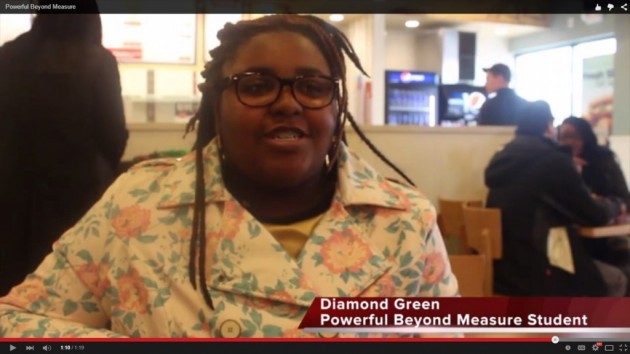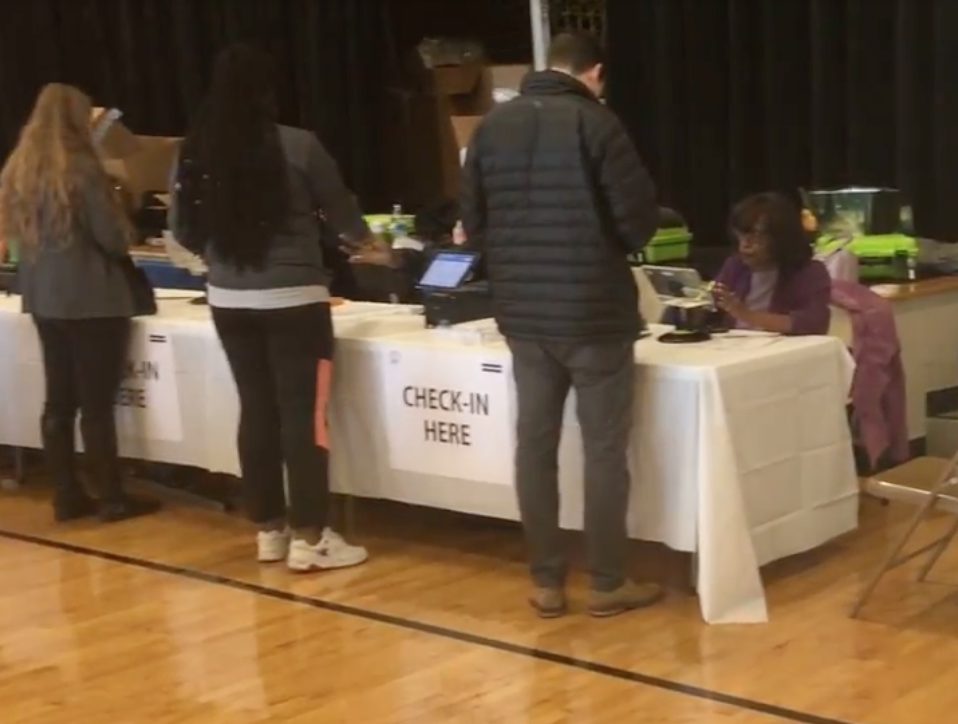First disaster strikes. Law enforcement, media and concerned individuals all scramble to help. Then comes a bit of cynicism and a lot of apathy. And while some have forgotten, others still anticipate a saving grace.
Hurricane Katrina struck the city of New Orleans almost three years ago. Since then the city has gone through a dramatic change physically, financially and emotionally.
“People have seen everything they had and that they had hoped for destroyed,” said council member Cynthia Willard-Lewis. “It’s been three years of governmental inaction for the city of New Orleans and the resources it deserves.”
“We wouldn’t be the same without the volunteerism from people like yourself,” Lewis told more than 500 students from Howard University who spent their spring break volunteering in New Orleans last week. On their third Alternative Spring Break (ASB) visit, the students still seemed excited to help and tend to the needs of Katrina victims.
Jerrod Harris, a junior marketing major from Chicago, said: “Many of us came from blessed families and have two parents, so whenever you have a chance to help someone and get a new experience, you should. Plus southern hospitality here is so nice; they treated us like family. I came down for the total experience.” Peter Carr, a senior political science major from California and president of the Howard NAACP chapter, came to New Orleans for the third time with a group of his members.
“I just feel like there’s so much work to be done,” Carr said. “When I first came six months after Katrina, I realized that I could not solve all the problems of New Orleans. But I can be overwhelmed by the need to get things done here, and I thought that I had a humanitarian obligation to do great things.”
Many students stayed with local churches that also gave them daily volunteer tasks. A large part of the rebuilding has come from volunteers and churches that serve the community in several ways.
The Rev. Patrick Keen, pastor of Bethlehem Lutheran Church in Ward 11, housed more than 30 students in the attic of his church. He, like many religious leaders in the community, has housed thousands of volunteers since the disaster, to help with relief efforts.
“We’ve worked with a couple thousand over the past two and a half years,” Keen said. “They know to come to us through our Web site, and I do around-the-country speaking obligations in the post-Katrina days, inviting them to come and partner with us in this ministry of recovery. I invite people to be bulldozer and seek out the information and then be dump trucks that spread the information to their communities.”
“Anybody that expresses a need we try to deal with it,” he added. “Everybody is in different states of development or redevelopment, so with the volunteer help we get here, we report to the skill levels. A person who may need gutting we have a crew that can tear up some stuff. People who are carpenters for people who need it, we can send them there. They know how to dry wall or have electrical and plumbing skills, we send them where the needs are.”
A few blocks down from Bethlehem is Noah’s Ark Missionary Baptist Church, which will be featured on ABC’s “Extreme Makeover: Home Edition” on May 18. The Rev. Willie M. Walker Jr., who was born and raised in New Orleans, presides over the church and has seen the good and bad of post-Katrina life.
“Some things have gotten better since Katrina,” Walker said. “The government gives $12,000 to $15,000 per student, where as before it was like $2,000 to $3,000. We have three different school districts. You have the public school, recovery and charter school district. There’s a multiplicity now and it’s good that your child can attend.”
On the bad side, there’s the dash for abandoned land by private companies, a depressed economy, housing difficulties and depression. The bright celebratory nature New Orleans once captured within its every essence has been replaced by anger and resentment for the government.
Julie Andrews, a New Orleans native and community activist, resides in the rebuilt Desire neighborhood. She has been fighting to no avail, for housing assistance from local politicians.
“We don’t know what to do,” Andrews said. “We need help. The residents who have worked very hard to prepare for self-sufficiency and homeownership are being denied occupancy, because of income issues. As the progress of this development has taken its toll on everyone, the residents have worked and waited for these opportunities for over a decade and are painstakingly enduring the years, progress, frustration, disappointments, grief and pain.”
“Before the storm, some of the problems were murder, crooked cops, no help from city hall,” Walker added. “We had a plethora of issues Katrina just exposed it all.”
Walker noted that the rate of suicide is 17 percent in the city, which is extremely high compared to the past.
Keen also believes depression is a large hindrance to the psychological restoration of the city. “Depression is a very serious problem in this community,” he said. “And frustration adds to that. The overall depression of New Orleans is a serious concern, and they’re not giving adequate mental health dollars. It’s really an issue that we address through our ministry.”
To deal with the problems of mental health is yet another religious organization, the Cathedral of the Diocese of Louisiana, which created an Office of Disaster Response right after the storm. Along with their many other initiatives, they offer case management to help individual families rebuild their life.
Nell Bolton, the executive director for the Office of Disaster Response, wholeheartedly believes volunteers have been the saving grace of New Orleans in place of a political system that hasn’t responded quickly enough.
Bolton said, “We’re trying to respond to what the needs are …with our own faith motivating and guiding us.”
Danielle Kwateng is a junior majoring in print journalism from Delray Beach, Fla.



